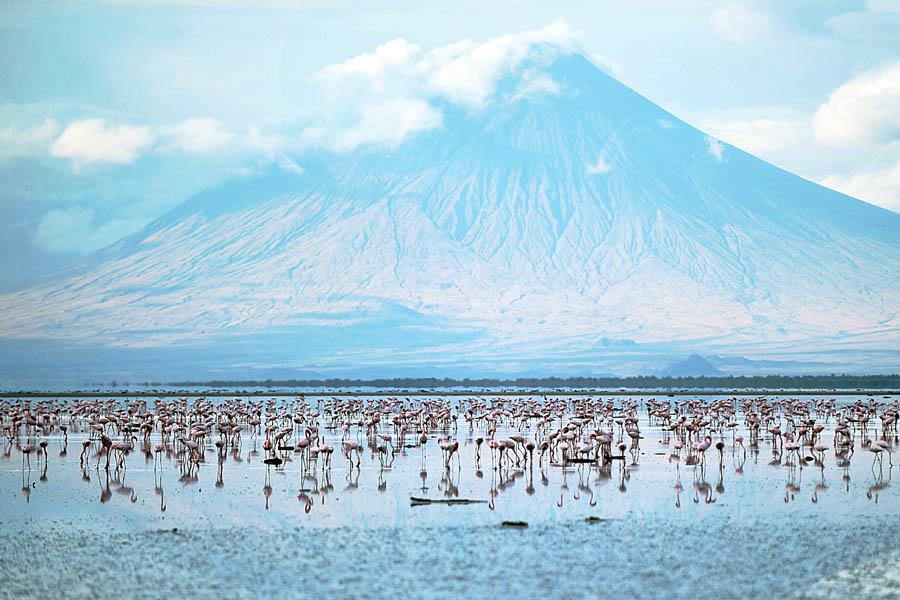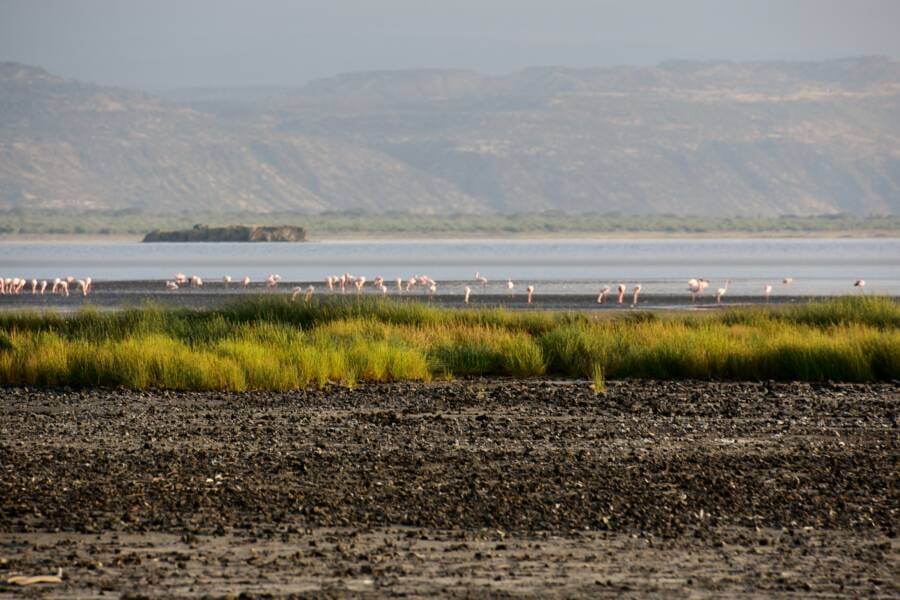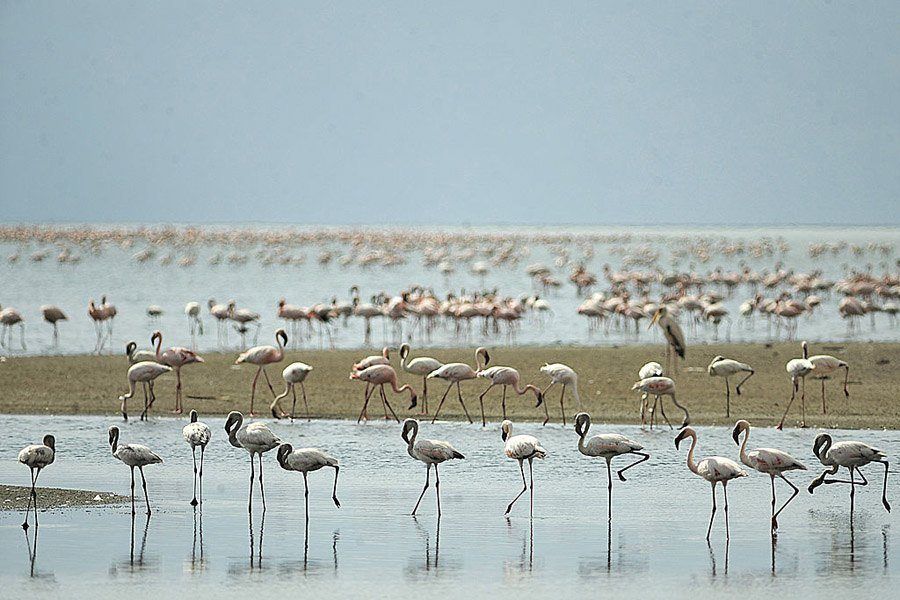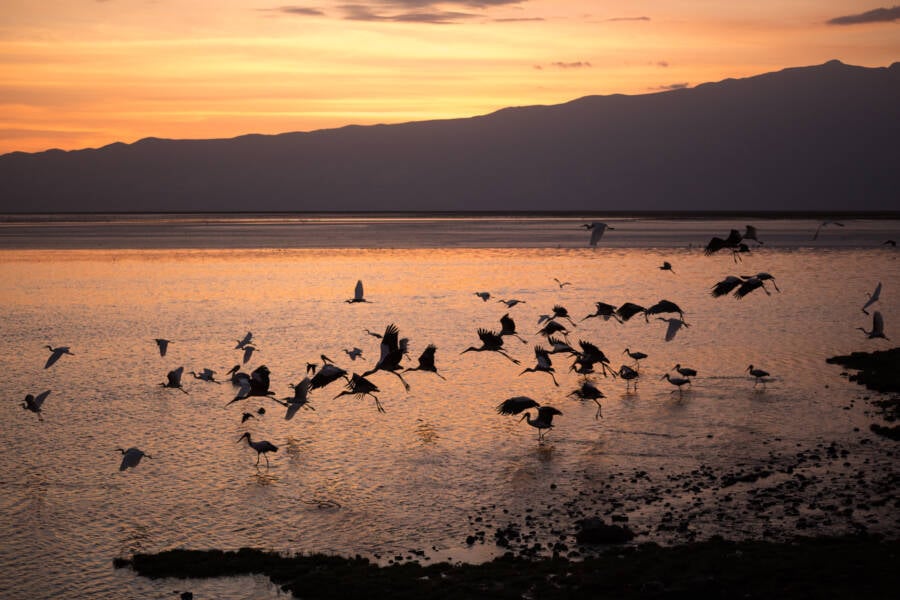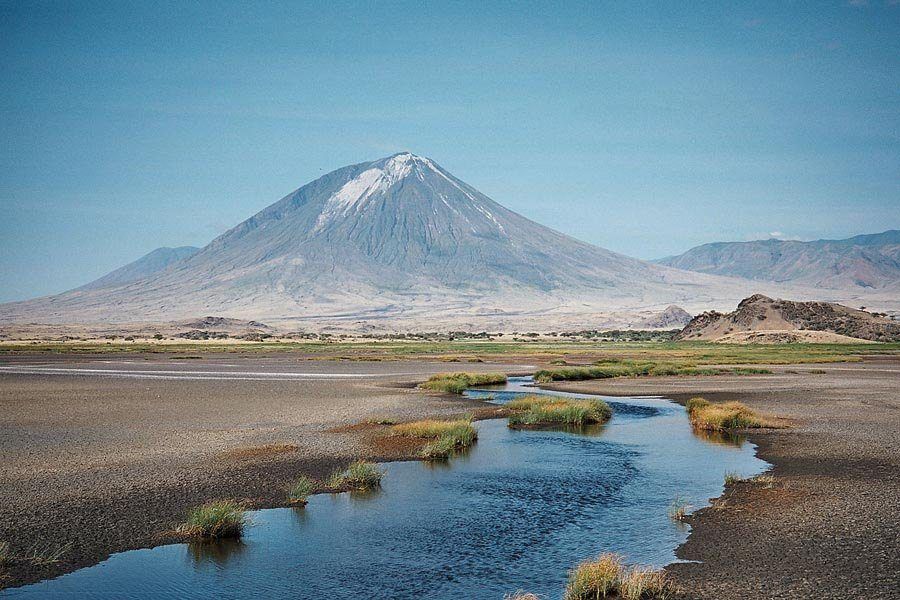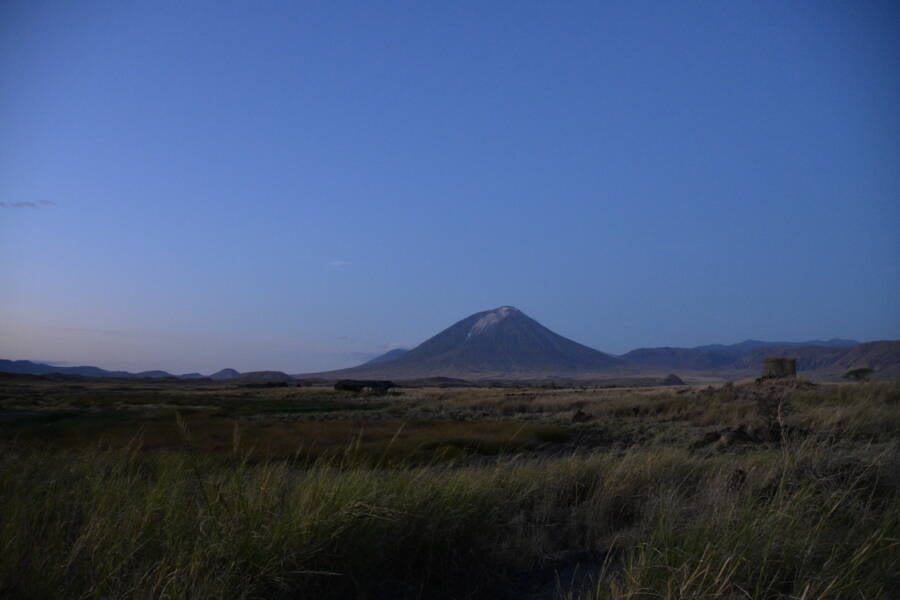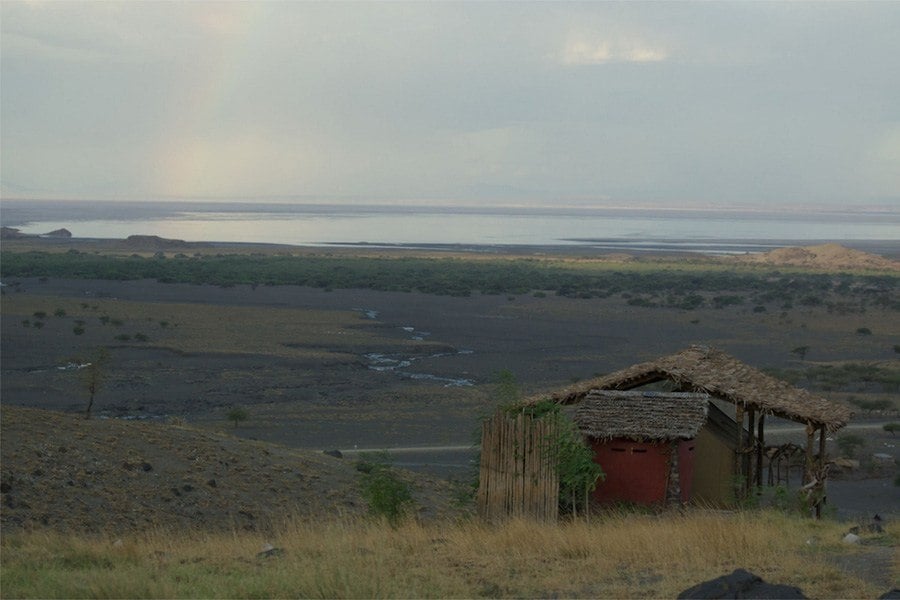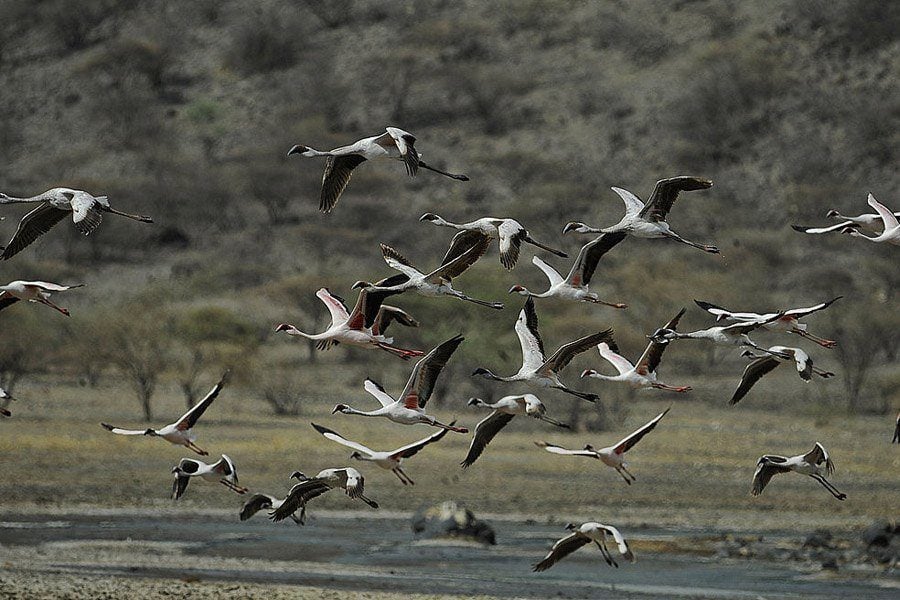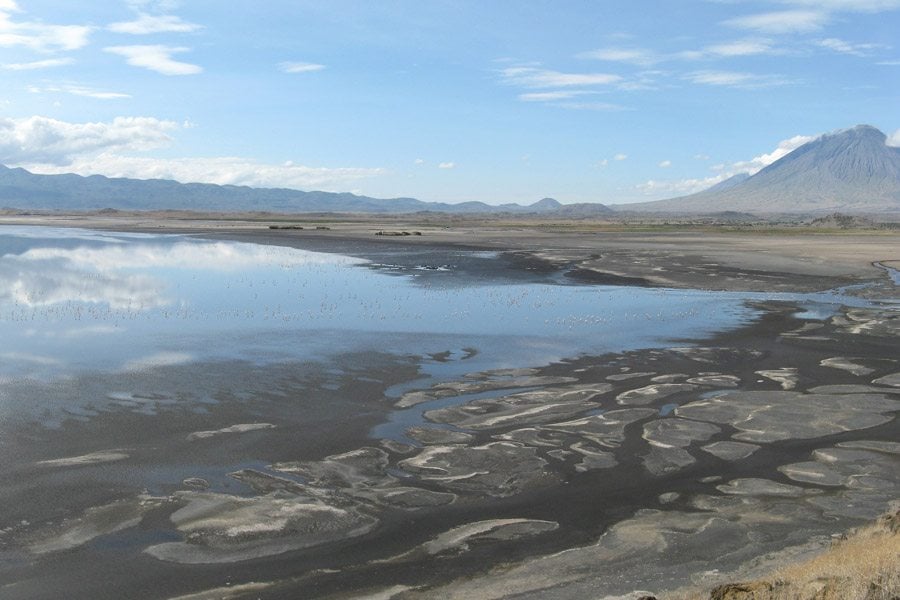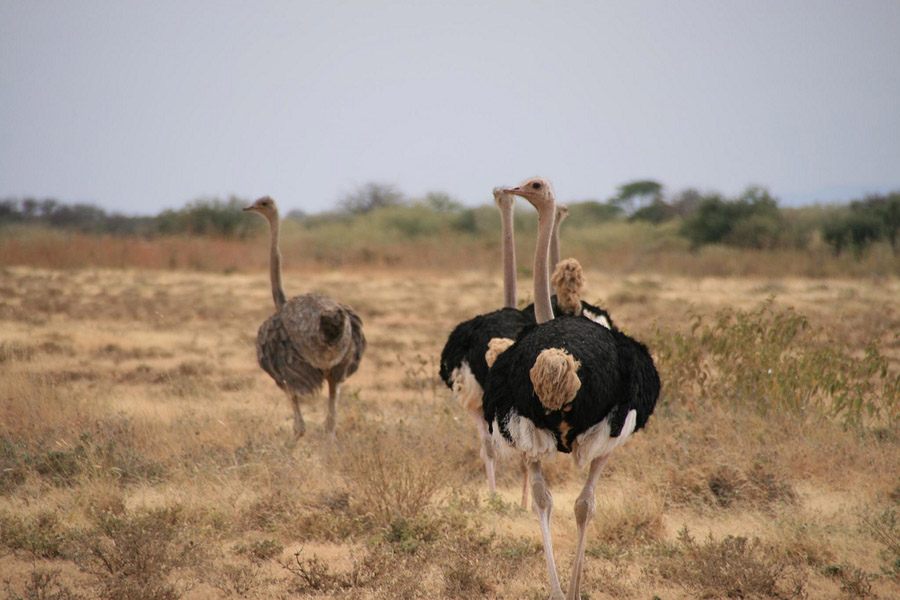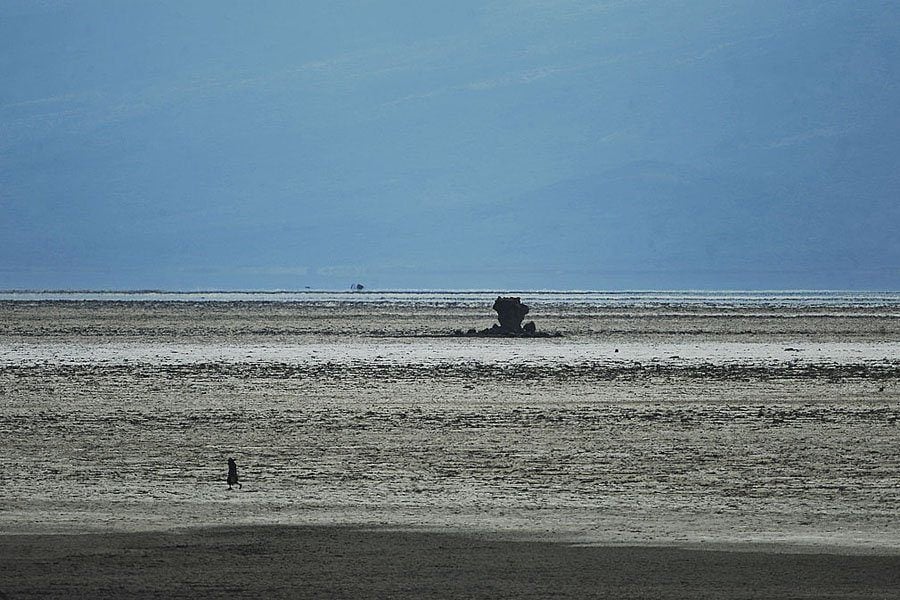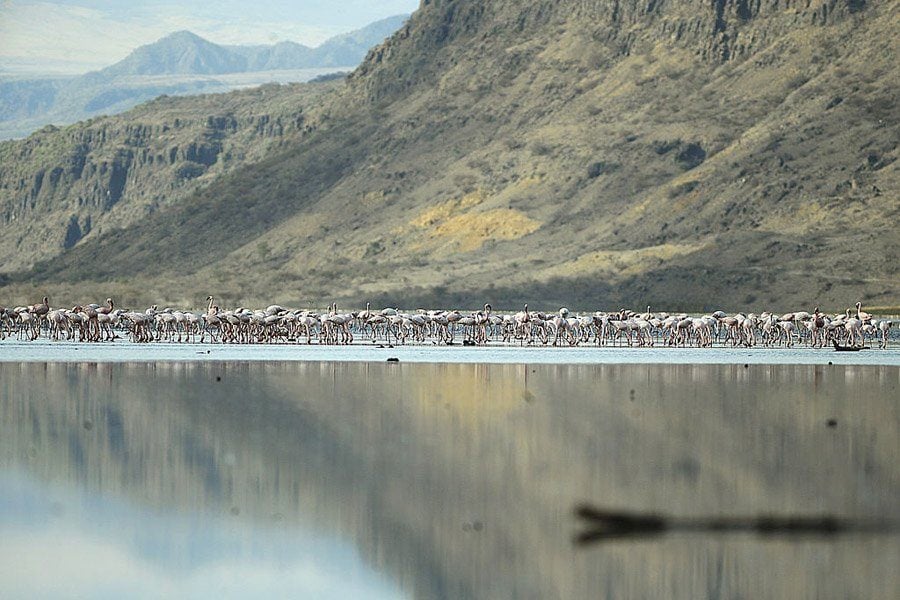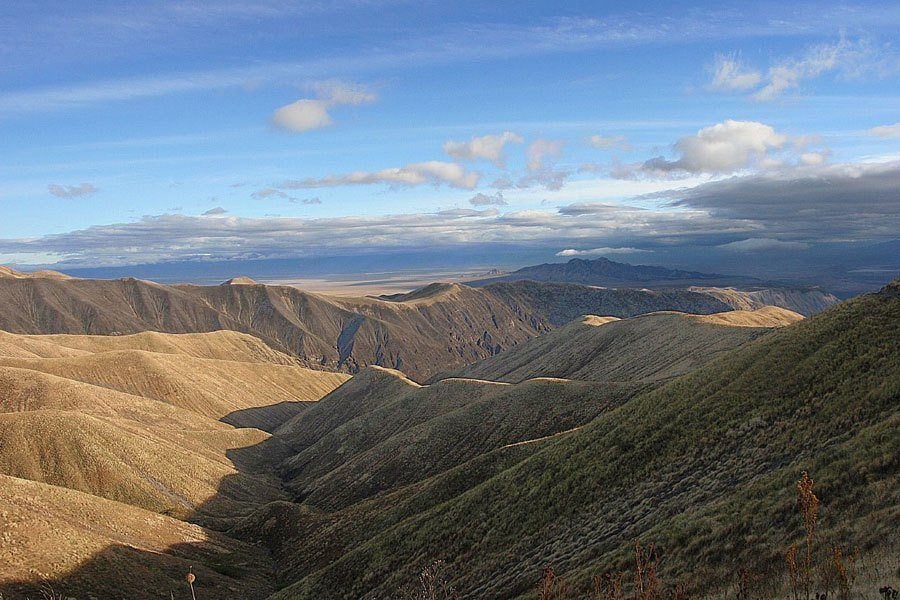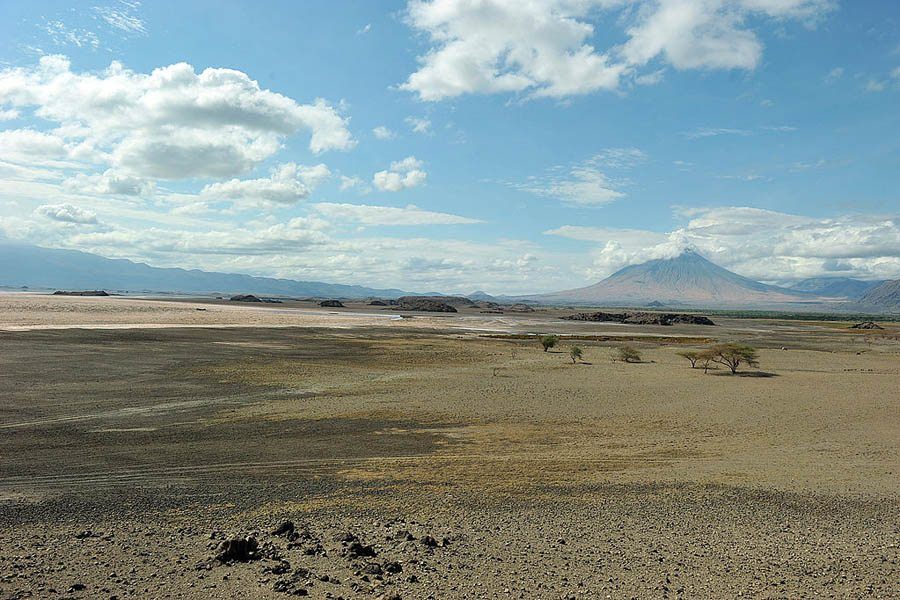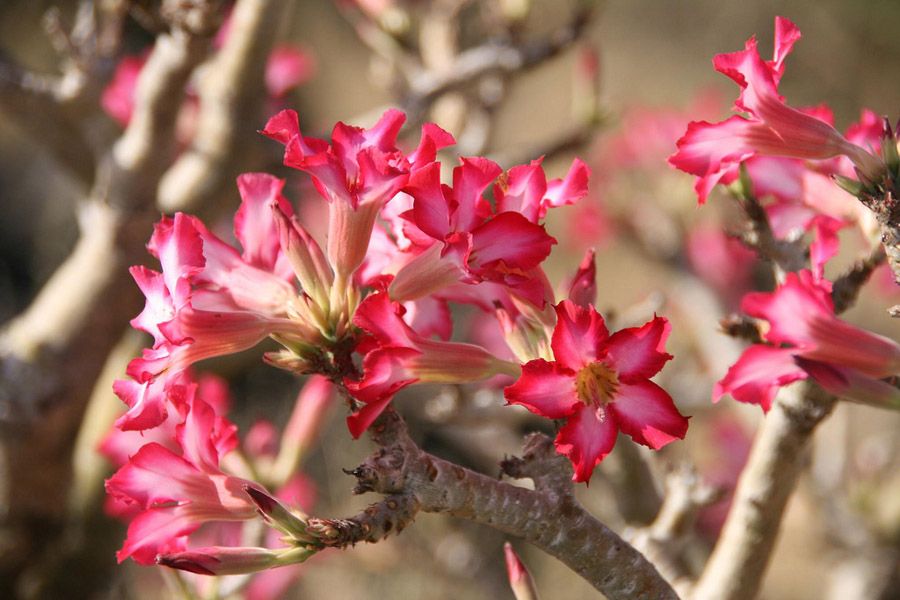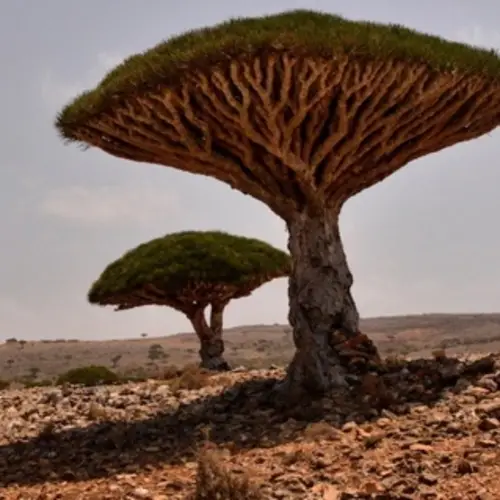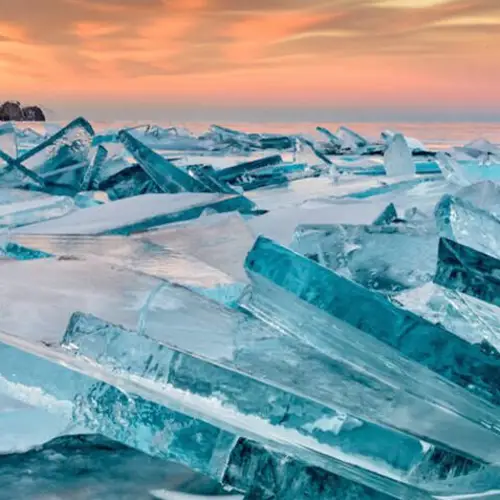Lake Natron in northern Tanzania is so alkaline that just three species of fish can survive in its waters, and it calcifies birds that die on its shores.
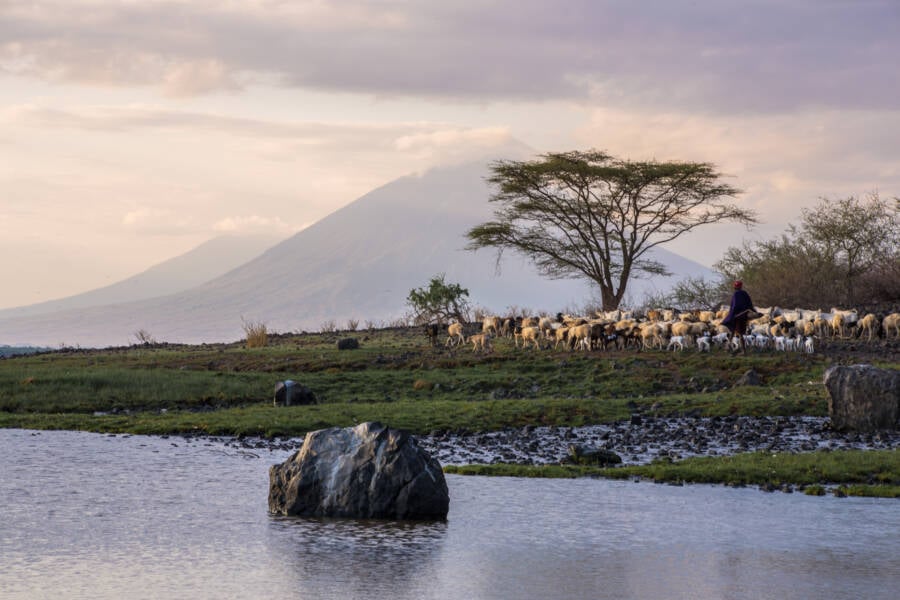
Alex Berger/FlickrSunrise at Tanzania’s Lake Natron.
Lake Natron in northern Tanzania is renowned for its stunning scenery, its role as a key breeding ground for flamingos — and its dangerous waters. The lake has high levels of salinity and alkalinity due to the minerals that flow into it from the surrounding hills, making it so caustic that just a few species of fish can survive in it.
In addition, the salt attracts microorganisms that can turn the water the color of blood, and any birds or mammals that die in the lake are essentially mummified. Their calcified bodies wash ashore, looking like eerie statues rather than creatures that were once living and breathing.
However, Lake Natron is not just a dark pool of death and despair. While not much lives in its waters, its shores and marshes teem with wildlife that benefit from the surrounding fertile pastures created by volcanic ash.
Above, look through 33 stunning photos that show the true beauty of Lake Natron. And below, read more about this unique African site.
How Lake Natron Became So Caustic
Lake Natron lies along the border of Tanzania and Kenya, an area that is home to several volcanoes, including Ol Doinyo Lengai. During the Pleistocene epoch, lava from these volcanoes formed an alkaline bedrock with high amounts of carbonate. Today, water that flows from the surrounding hills and through the mineral-rich hot springs that feed the lake carries high levels of sodium carbonate, raising the alkalinity.
In addition to the hot springs, Lake Natron is fed by the Ewaso Ng'iro River, but no water flows out of the lake. It can only escape through evaporation, which leaves behind high concentrations of salt.
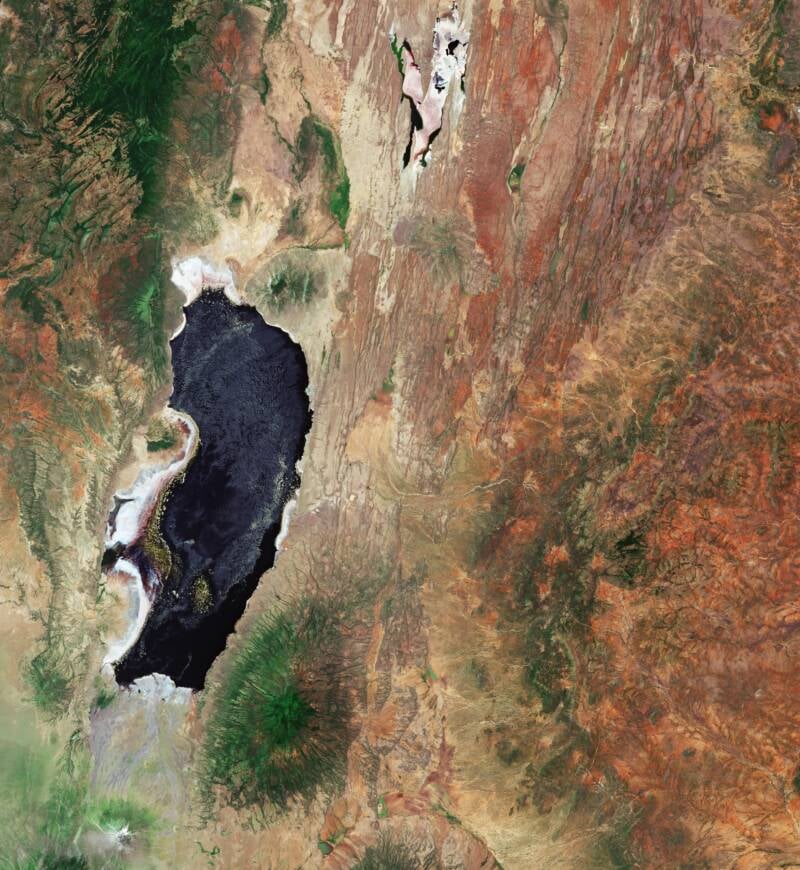
European Space Agency/FlickrAn aerial view of Lake Natron, which is situated on the northern border of Tanzania.
While most freshwater lakes measure between six and eight on the pH scale, this African salt lake has a pH of 10.5. "It's so caustic, that even if you've got the tiniest cut, it's very painful," photographer Nick Brandt, who traveled to the lake in 2011, told Smithsonian Magazine. "Nobody would ever swim in this — it'd be complete madness."
The lake is 35 miles long and 15 miles wide, but its maximum depth is just about 10 feet, which causes the water temperature to reach up to 106 degrees Fahrenheit. While this repels both human visitors and aquatic inhabitants, the shores of Lake Natron are actually a breeding ground for some of Africa's most beautiful birds.
A Key Breeding Ground Amidst A Deadly Environment
While just three species of alkaline tilapia live in Lake Natron, the area serves as an important breeding ground for lesser flamingos. An estimated 75 percent of these flamingos are born at the lake. When water levels are just right, salt crystal islands appear that make the perfect spot for the birds' nests.
Since Lake Natron is so caustic, no other predators live in its waters to threaten the nests. And because flamingos have thick, leathery skin on their long legs, they can withstand the alkalinity.
The creatures feast on spirulina, or blue-green algae, the cyanobacteria that thrives in the salty environment. This spirulina photosynthesizes into bright red colors that give the lake a chilling scarlet hue as salinity levels rise.
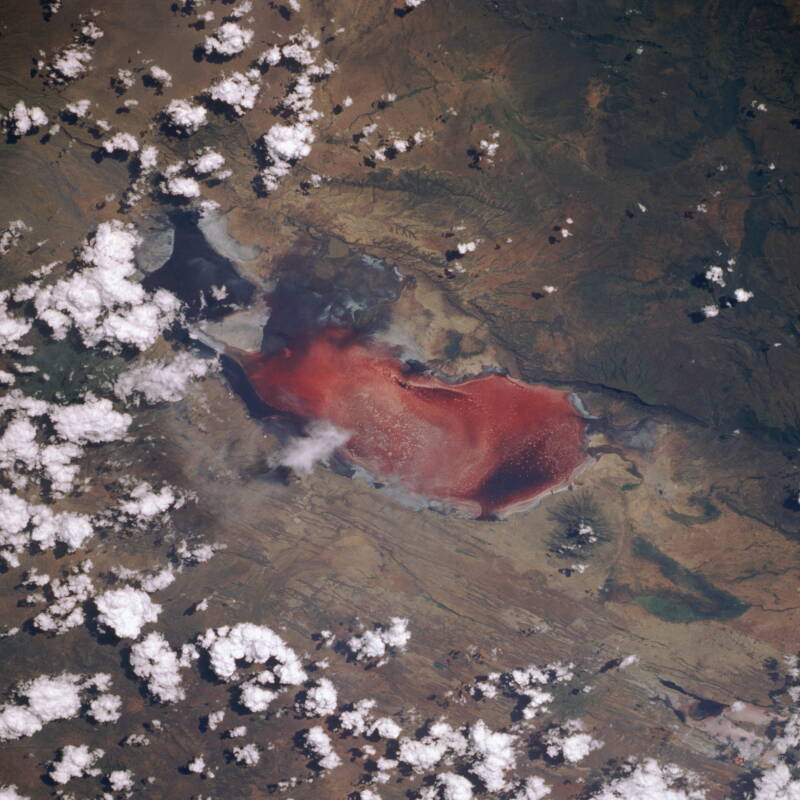
NASAAn aerial view of the red waters of Lake Natron.
Other African animals also visit the fertile wetlands and marshes that surround the lake, such as kudus, zebras, and ostriches.
It was this variety of wildlife that attracted Nick Brandt to the area. He was traveling through East Africa to document disappearing animals for his book, Across the Ravaged Land, when he came upon Lake Natron — and noticed a chilling phenomenon along its shores.
The Lake That Mummifies Unsuspecting Victims
This Tanzanian lake takes its name from natron, a salt mixture made of sodium carbonate and sodium bicarbonate. The substance occurs naturally in lake beds, but it's found in especially high amounts in Lake Natron.
Ancient Egyptians used natron to mummify their dead — and the waters of Lake Natron similarly mummify any creatures that perish in its depths.
Brandt was walking along the shores of the lake in 2011 when he spotted birds that looked as if they'd turned to stone. "When I saw those creatures for the first time alongside the lake, I was completely blown away," Brandt told Smithsonian Magazine. "It was amazing. I saw entire flocks of dead birds all washed ashore together, lemming-like."
It's not clear how the animals die in the lake. Brandt theorizes that the highly-reflective waters cause migrating birds to accidentally fly into the surface and perish. Their corpses are then calcified by the lake's minerals and pushed to the shore as waters recede during the dry season.
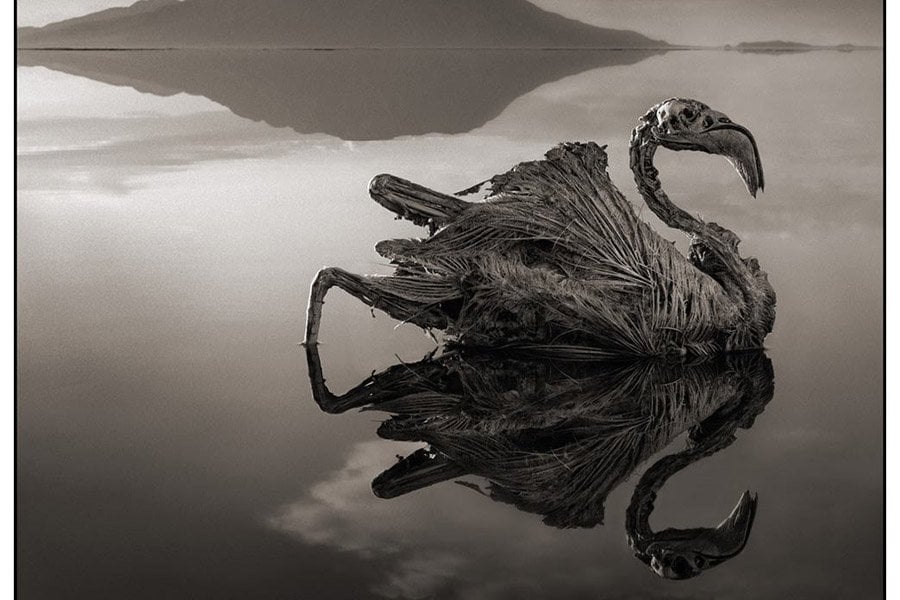
Nick Brandt/FacebookA mummified flamingo photographer Nick Brandt found on the shores of Lake Natron.
Birds aren't the only creatures affected by this mirror illusion. Brandt also found dead bats, and in 2007, a helicopter crashed into the lake when the pilot accidentally dipped too close to the surface. One of the passengers, a cameraman named Ben Herbertson who was filming flamingos for a wildlife documentary, spoke to The Sydney Morning Herald about the incident at the time.
"The next thing I knew I was in the lake and the water was burning my eyes," Herbertson said. "The reason the flamingos breed there is because the conditions are so harsh there are no predators. The water is physically hot."
But as dangerous as Lake Natron is to humans and other animals, humans are equally dangerous to Lake Natron.
The Environmental Dangers Faced By Lake Natron
Because of Lake Natron's role as a breeding ground for lesser flamingos, conservationists have long focused on ensuring it remains protected. However, destructive mining companies are also interested in the area.
According to the Tanzanian newspaper The Citizen, the country's Ministry for Industry and Trade recently approved a project that would extract over one million tons of sodium carbonate, which is also known as soda ash, from the area each year. Soda ash is used to manufacture glass, soaps, fertilizers, pharmaceuticals, and many other items, but the mining process would likely destroy the habitats of migratory birds — particularly flamingos.
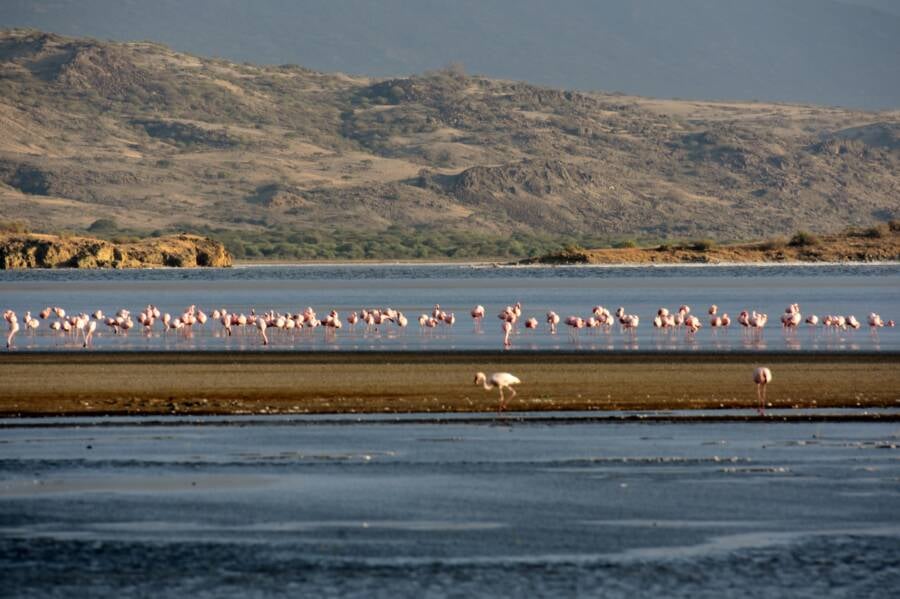
Richard Mortel/FlickrEnvironmental threats at Lake Natron may lead to the decimation of the lesser flamingo.
The new soda ash factory would pump water from the lake and extract the sodium carbonate from it. The project would also involve housing for hundreds of workers, a coal-fired power station, and potentially even the introduction of a shrimp species to make the extraction process more efficient. All of this could have detrimental effects on the flamingos' breeding grounds.
This project was first proposed in 2006, but environmental activists successfully halted it at the time. Now, if it goes forward, it may cause the global lesser flamingo population to drop by 75 percent, threatening the existence of the species.
There have also been talks of building a hydroelectric power plant on the Ewaso Ng'iro River just across the border in Kenya. This could dilute Lake Natron, changing the salinity balance, which could have unintended consequences for wildlife. Less caustic waters may attract predators that would endanger breeding flamingos, again bringing irreparable harm to the species.
For now, Lake Natron remains safe — at least to the creatures who depend on it to survive — but it seems that human intervention will soon bring new dangers to its shores.
After reading about Lake Natron, look through 23 stunning photos of Russia's Lake Baikal. Then, learn about the macabre history of Roopkund Lake in the Himalayas.
